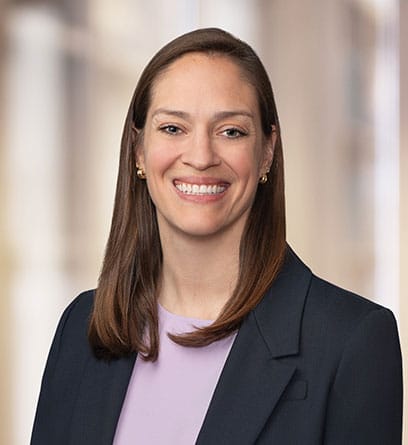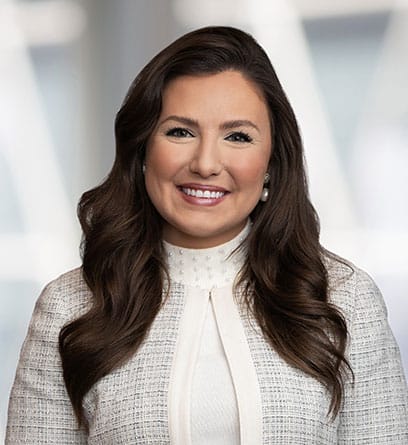A year ago, President Biden signed into law the American Rescue Plan Act of 2021, which amended the longstanding “90/10 rule” enforced by the U.S. Department of Education (the “Department”). Under the current rule, to remain eligible to participate in the federal student aid programs, a proprietary institution must “derive at least 10 percent of its revenues for each fiscal year from sources other than Title IV, HEA program funds.” Section 2013 of the Act amended this language, requiring instead that covered institutions derive at least 10 percent of their revenue from sources other than “Federal education assistance funds.” The phrase “Federal education assistance funds” was broadly defined as “federal funds that are disbursed or delivered to or on behalf of a student to be used to attend such institution.” Congress directed the Department to clarify the impact of this change with new rules.
In its most recent negotiated rulemaking, which concluded March 18, the Department considered changes to the 90/10 rule. After extensive discussion, on the final day the negotiators reached consensus on draft language, which means the Department will very likely use the agreed upon language (or something close to it) in its proposed rule. Should the new law adhere to this agreed upon language (as is expected), salient revisions to the current rule would include the following:
Changes to the “90”
- Federal education assistance funds. In addition to Title IV funds, the “90” would now include “any other educational assistance funds provided by a Federal agency directly to an institution or a student including the Federal portion of any grant funds provided by or administered by a non-Federal agency, except for non-Title IV Federal funds provided directly to a student to cover expenses other than tuition, fees and other institutional charges.” We anticipate that this would include GI Bill benefits for veterans, Military Tuition Assistance benefits for active military, and other similar federal funds to the extent they are used for tuition, fees, and other institutional charges. This also would include the federal funds portion of locally run programs (e.g., the Workforce Innovation and Opportunity Act (WIOA) program), to the extent such funds are used to cover tuition, fees, and other institutional charges.
- Delaying drawdowns. Institutions would be expressly prohibited from delaying drawdowns late in a fiscal year in an effort to manage 90/10 compliance (a short-term compliance solution occasionally used by institutions to lower the “90” portion of their ratio for the current year).
Changes to the “10”
- Non-title IV courses and programs. Revenue that may be counted in the “10” from non-Title IV programs would be subject to new conditions, including that the non-Title IV program is provided by the institution, does not include any courses offered in an eligible program, and is “taught by one of its instructors, at its main campus or one of its approved additional locations, at another school facility approved by the appropriate State agency or accrediting agency, or at an employer facility.” Because many proprietary institutions generate significant “10” revenue from non-Title IV programs, such institutions will need to review their operations carefully to ensure that the revenue will continue to meet these requirements.
- Accounts receivable. Institutions would no longer be permitted to include in the “10” any proceeds from the factoring or sale of accounts receivable “regardless of whether the loans were sold with or without recourse.”
- Grant funds. Institutions could count the state portion of grants funds where there is a federal matching requirement on the “10” side, provided it is possible to determine the percentage of state funds in the grant. If it is not possible, the funds would count toward the “90.”
- Income-share agreements. Institutions would only be able to count toward the “10” cash payments representing principal payments on income-share agreements (“ISA”) or other financial agreements that were used to satisfy tuition, fees, and other institutional charges. Additionally, no amounts from the sale of the ISA or other financial agreements would count toward the “10.”
- Third-party funds and loans. Institutions would be required to exclude from revenues “any funds, including loans, provided by a third party related to the institution owners or affiliates to a student in any form.” The Department does not define the words “related to,” leaving open a range of possible interpretations.
Finally, though not covered here, we note that the draft revisions also include new language regarding the application of funds when counting revenue and sanctions.
Looking Ahead
We emphasize that to date, the Department has only issued a draft 90/10 rule for consideration. Because the negotiators achieved consensus, this draft should provide a reliable preview of the proposed rule we will see later this year. Accordingly, we believe proprietary institutions should begin projecting their compliance under the draft rule agreed to by the negotiators. This having been said, schools also should monitor the proposed and final rule language and adjust accordingly. The proposed rule could deviate from the draft language in material ways, and the final rules could deviate yet again after the Department reviews the public comments.
We anticipate that the Department will issue a proposed 90/10 rule in or around July of this year and a final rule in late October. The new rule would take effect July 1, 2023, and would apply to any annual audit submission for a proprietary institutional fiscal year beginning on or after January 1, 2023.
For inquiries regarding the draft 90/10 rule or any other questions related to the Department’s current regulatory agenda, institutions are welcome to contact Aaron Lacey, Katie Wendel, Hope Watson or Stephanie Cohan.
The information contained herein is provided for educational and informational purposes only, and should not be construed as legal advice. You should not act or refrain from acting on the basis of any content included without seeking legal advice based on the particular facts and circumstances at issue.
About REGucation
Welcome to REGucation, the higher education resource that strives, through practical advice and insight, to help the higher education community manage a fast-changing and increasingly complex regulatory environment.
Our goal is to serve as a practical, concise, and accessible resource for institutions confronting regulatory and policy issues. The blog focuses on the extraordinarily broad and sophisticated set of legal challenges faced by contemporary post-secondary institutions, including those involving real estate, construction, joint ventures, litigation, intellectual property, immigration, taxation, financing, employees and benefits, and government relations, to name a few. We also cover the staggering collection of federal, state, and accrediting agency laws and standards specific to higher education.
If there are topics you would like us to cover, or questions you may have regarding a topic that already has been addressed, please do not hesitate to reach out. Finally, if you would like to contribute a guest article, we would love to hear from you. Click here for the Higher Education Resources page.




